Yesterday, British hopes were dashed as Geraint Thomas blew up in the last 2k of the Giro d’Italia. This led to a lesson for all of us – leave something in the tank for a TT with a hill at the end.
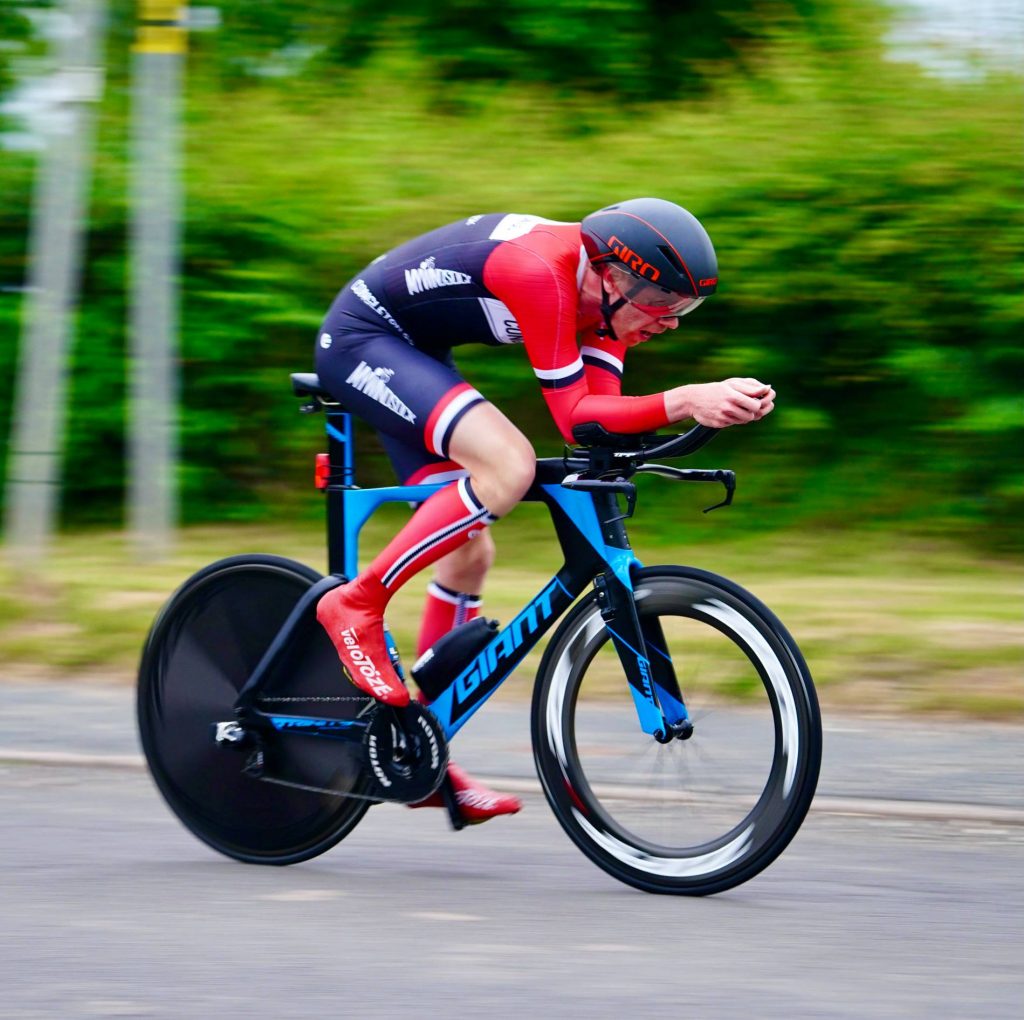
What happened in the race?
In a thrilling penultimate stage mountain time trial at the 2023 Giro d’Italia, Primož Roglič defied a mechanical setback to emerge victorious and claim the pink jersey from Geraint Thomas of Ineos Grenadiers.
Despite facing a setback when his chain slipped due to a pothole during the climb, Roglič demonstrated remarkable composure and accelerated through the remainder of the ascent. He not only managed to recover but also outperformed Thomas by an impressive 40-second margin, securing the stage win.
With only one ceremonial stage remaining in Rome tomorrow, Roglič’s triumph in this stage virtually guarantees his overall victory in the race. Despite being the second fastest rider on the day, Thomas relinquishes the pink jersey that he had held for a significant portion of the competition, falling short at the final hurdle.
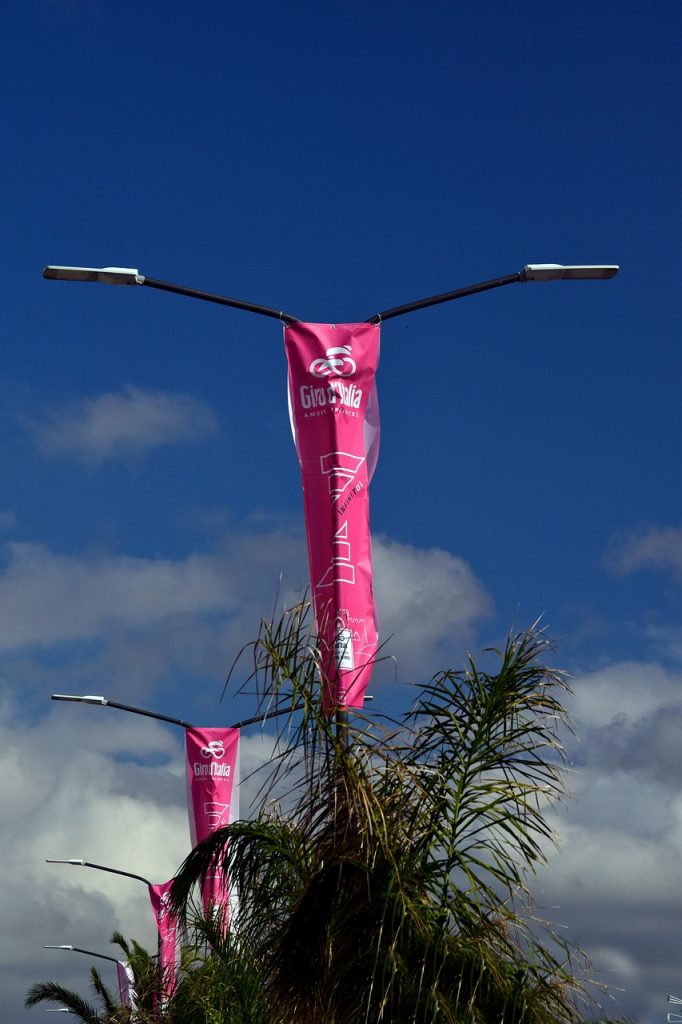
During the stage, Primož Roglič received an immense amount of support from a large contingent of Slovenian fans. They crossed the nearby border to cheer him on, proudly waving their nation’s flag adorned in blue, white, and red. The fans passionately chanted Roglič’s name, providing him with an extra boost of motivation and energy.
Expressing his gratitude at the finish, Roglič acknowledged the tremendous impact of the crowd support. He attributed his success partly to the enthusiastic fans, stating, “I had the legs, and the people they gave me extra watts.”
However, while Roglič basked in his triumph, his victory came at the expense of Geraint Thomas. Thomas had appeared poised to secure the overall victory and potentially become the oldest champion in Giro history. Unfortunately for Thomas, Roglič’s glory meant a sudden reversal of fortune, transforming his anticipated triumph into a heartbreaking disappointment.
Pacing a TT with a climb at the end
Everyone reading this knows that to pace a TT with a climb at the end you need to distribute your energy differently to how you might pace a totally flat time trial. We saw a little bit of this on stage one of the race but the climb was not as severe as the one the riders faced in the final TT.
Essentially, Thomas ran out of gas and it’s likely he would not have lost as much time if he’d have paced the flatter portion at the start a little more sensibly. To get a more concrete example of this, we will head into myWindsock – where all the stages from UCI races can be analysed by premium users.
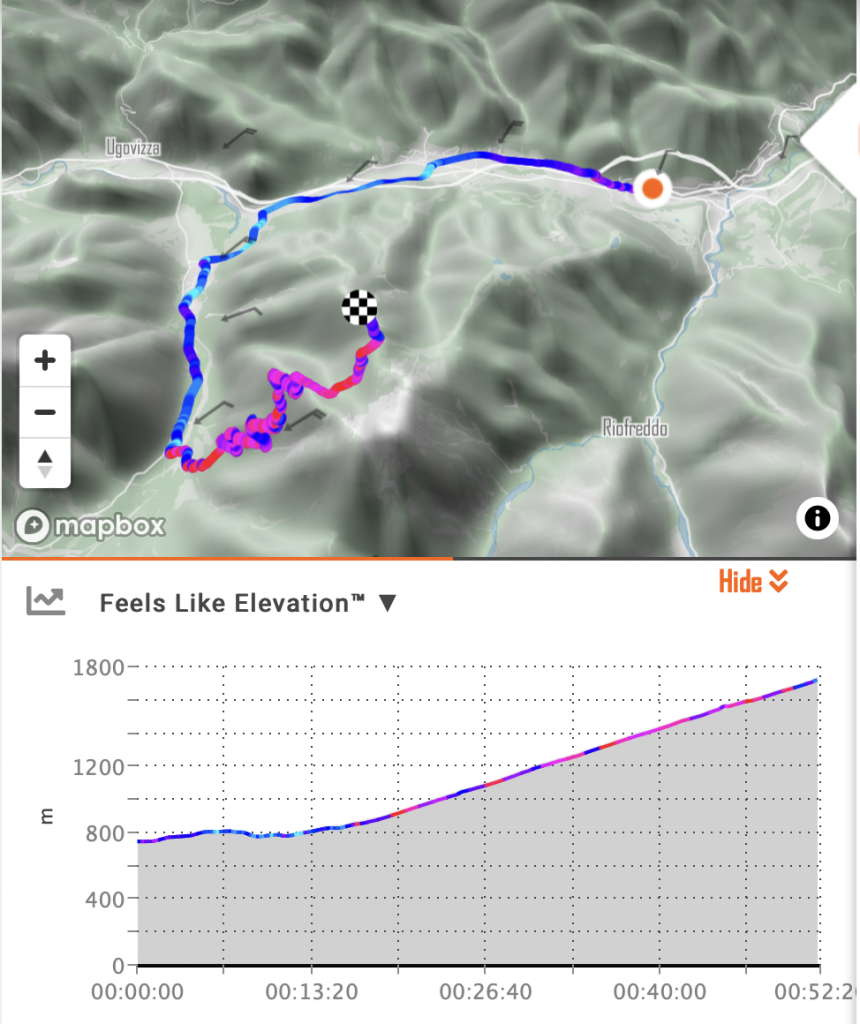
An exaggerated example:
Stage 20 of the Giro provides a perfect example of an exaggerated TT with a hill at the end, there are many of these up and down the country including my own favourite course – the P164 in the New Forest. To further exaggerate the example we will use two scenarios, an evenly paced ride at 350W throughout (as if the rider was on erg mode) and a version where the rider does 300W on the flat and 400W on the climb. As the climb is quite long, this makes an 18W difference to the overall average power. How much time does 18W save? On a flat 25m TT, this might be around a minute.
Evenly paced ride:
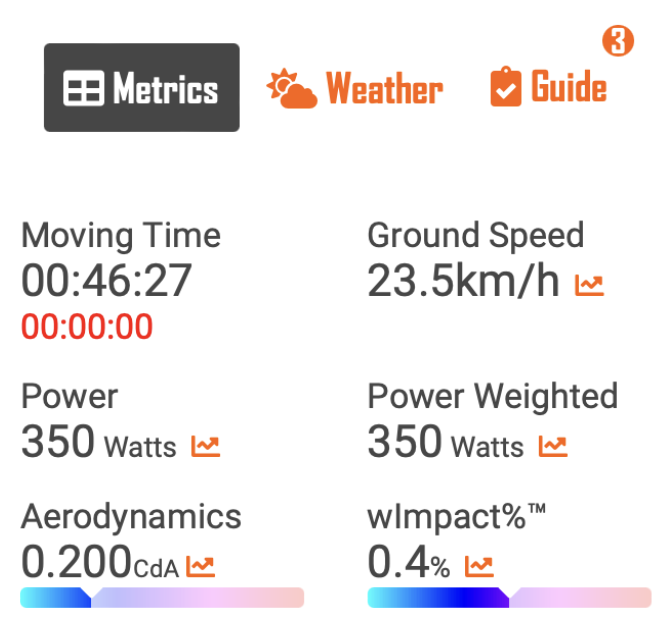
Now we shall see what time savings can be achieved with riding the flat section a touch easier and the climb a touch harder with all the same parameters…
A better paced effort
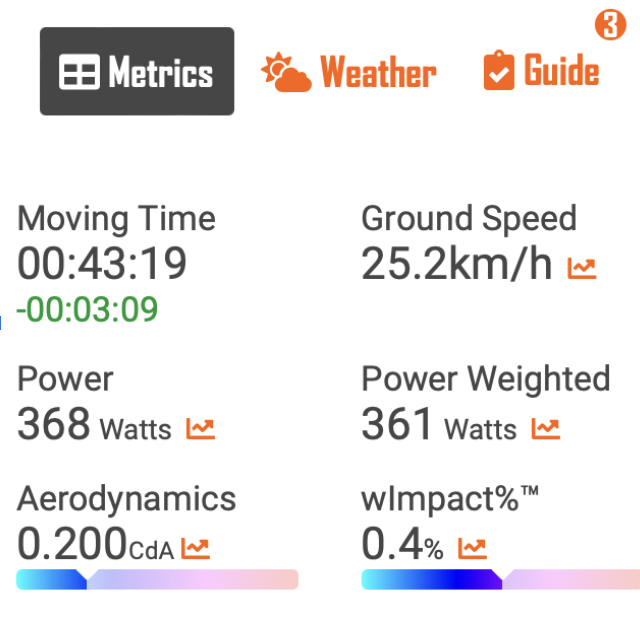
Using myWindsock to pace an effort
- Access myWindsock: Visit the myWindsock website or download the myWindsock app on your device. Create an account if needed.
- Input your time trial course: Enter the details of your time trial course into myWindsock from our library of CTT courses.
- Set your target time: Specify the time you want to achieve for your time trial and myWindsock will do the rest.
Welcome to myWindsock – Sign up here!




 UK Time Trial Events
UK Time Trial Events